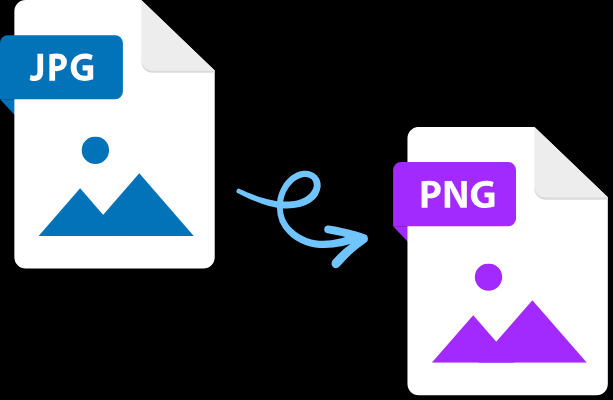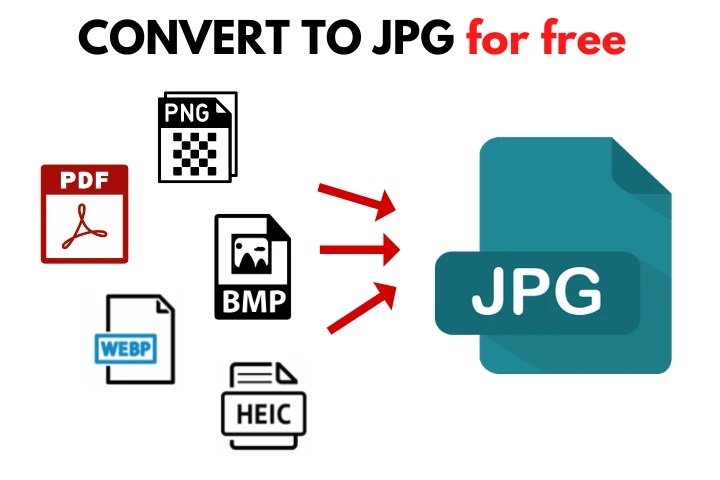HTTP Status Code Checker
Exploring the Functionality and Importance of HTTP Status Code Checker Tools
In the intricate web of the internet, HTTP status codes serve as vital communication signals between web servers and clients, providing insights into the outcome of HTTP requests. From successful responses to error conditions, each status code conveys valuable information about the state of web resources. HTTP status code checker tools play a pivotal role in deciphering these signals, enabling webmasters, developers, and system administrators to diagnose website issues swiftly and effectively. Let's delve into the functionality and significance of these tools and explore how they contribute to maintaining optimal website performance and user experience.
Understanding HTTP Status Codes
HTTP status codes are three-digit numeric codes returned by web servers in response to client requests. These codes indicate the outcome of the request, ranging from informational responses (1xx) to successful requests (2xx), redirections (3xx), client errors (4xx), and server errors (5xx). Each status code carries specific meanings, allowing clients and servers to communicate effectively and handle requests accordingly.
The Role of HTTP Status Code Checker Tools
HTTP status code checker tools provide a convenient means to analyze the response status codes returned by web servers, helping users identify and troubleshoot website issues. These tools typically accept URLs or HTTP requests as input and display the corresponding status codes along with detailed explanations. By interpreting status codes, users can pinpoint the root cause of errors, such as broken links, server misconfigurations, or resource unavailability, and take corrective actions to ensure uninterrupted access to web resources.
Features and Functionality
Modern HTTP status code checker tools offer a range of features to streamline the diagnosis of website issues and enhance usability. They may provide intuitive interfaces where users can input URLs or specify custom HTTP requests, allowing for flexible testing scenarios. Additionally, these tools often offer comprehensive status code explanations, including potential causes and recommended solutions, to assist users in resolving issues effectively. Some advanced tools may offer batch testing capabilities, API integration, or historical status code tracking for monitoring website performance over time.
Practical Applications
The applications of HTTP status code checker tools extend across various domains within web development, IT infrastructure management, and digital marketing. Webmasters and developers use these tools to validate website configurations, troubleshoot broken links, and ensure compliance with SEO best practices. System administrators rely on HTTP status code checkers to monitor server health, diagnose performance bottlenecks, and address security vulnerabilities. Digital marketers leverage these tools to audit website redirects, optimize landing pages, and enhance user experience for improved conversion rates.
Choosing the Right HTTP Status Code Checker Tool
When selecting an HTTP status code checker tool, consider factors such as accuracy, reliability, and additional features offered. Opt for tools that support a wide range of status codes and provide detailed explanations to aid in troubleshooting. Additionally, prioritize tools that offer customizable testing options and integration capabilities with other monitoring or analytics platforms to streamline workflow and maximize efficiency.
Conclusion
In the fast-paced world of web technology, HTTP status code checker tools emerge as indispensable assets for website owners, developers, and system administrators seeking to maintain optimal performance and reliability. By deciphering the signals embedded within HTTP responses, these tools empower users to diagnose website issues with precision, resolve errors promptly, and ensure seamless user experiences. Embrace the power of HTTP status code checker tools and unlock new possibilities for website optimization and success in the digital realm.






















